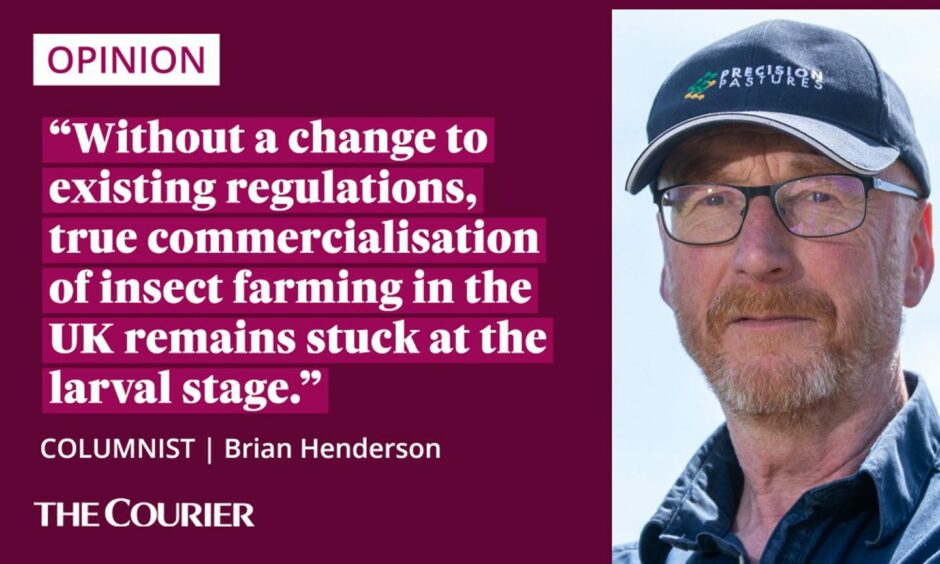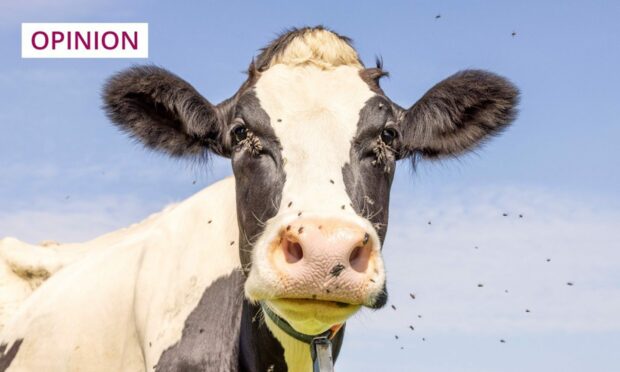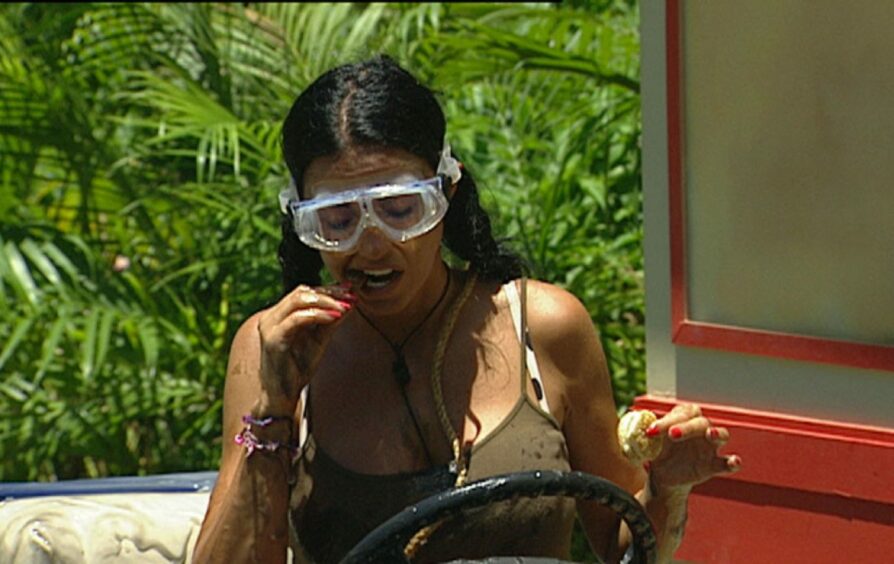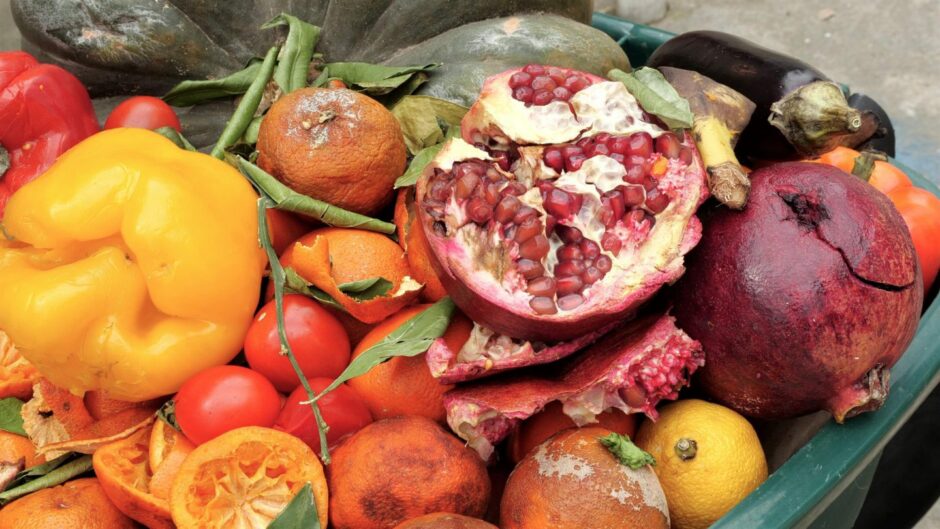When the heat of the day begins to rise, there’s no escaping the swarms of flies which seem to appear as if out of nowhere at this time of year.
It’s bad enough for us humans. But for the cattle and sheep it must be a real nightmare, especially on still days when there’s no wind to keep them at bay.
And while there’s a whole armoury of products to stop the flies harming our stock, they don’t seem to be able to protect them from the sheer aggravation of having the little blighters buzzing about their ears and faces.
But while some of us are spending all that time trying to avoid the attentions of flies and other insects, there’s a growing interest in actually farming them.

I’m not talking about the novelty food market, which sees people crunching down on sugar-coated scorpions or cockroaches in order to prove they too could survive the trials of TV’s I’m A Celebrity, Get Me Out Of Here.
In some parts of the globe the human population regularly makes good use of insect protein in their daily diet. But I think it would take an awful lot of advertising to make mealworm burgers a UK tea-time favourite.
We’ll happily tuck into a prawn mayo sandwich for lunch. But there’s a huge “yuck” factor in the western world when it comes to eating most of the other members of the arthropod phylum family – the majority of which have traditionally been dismissed as creepy crawlies.
Can insects be the future of farming?
However, we’re always being told we have to look to a more sustainable future and understand that, as the world population continues to grow, we have to make the most of what we have.
And, after speaking to Professor Peter Smithers, a fellow of the Royal Entomological Society (that’s the Bug Soc to you and me), I’ve come to see just how efficient insects can be at converting other foods into protein.
To make one kilo of edible protein a cow needs to consume 10kg of feed, a pig 5kg and a chicken 2.5kg. But crickets can produce a kilo of edible protein from only 1.7kg of feed.
Some other members of the insect world are even more efficient. And species such as the Black Soldier Fly can do this on a diet of food which would otherwise go to waste.
I’m talking about the stuff which ends up in the bins out the back of supermarkets, or many of the other by-products from the food industry which don’t currently make it to our dinner plates.
I’m not advocating the merits of a fly pie (or even a nasty pasty). But the protein could be put to another use.
Rather than us eating it directly, it could be used as feed for other animals.
Now, before anyone goes all squeamish about such a move, think about it. Don’t chickens eat insects – and worse – when they’re out in the yard? And what would salmon and other farmed fish eat in the wild?
Brexit standing in the way of insects and the UK farming industry
The technology which would allow insects to recycle huge quantities of waste food – and, in the process, help reduce our heavy reliance on imported soya – already exists.
However, there is a major fly in the ointment – and sadly it’s Brexit again.
Just as the UK was leaving, the EU was passing regulations which permitted this technology to be commercialised and insect proteins to be fed to livestock. But it went through too late to be added to the list of “cut and paste” legislation adopted by the UK.
Despite much prompting form the sector, our government has been too busy to address the situation.
And without a change to existing regulations, true commercialisation of insect farming in the UK remains stuck at the larval stage.
Brian Henderson farms a mix of arable and livestock enterprises with his family on their farm in Perthshire. He is a respected agricultural commentator and a weekly columnist for The Courier.













